Solving Poor Air Quality on the West Side
The Rio Tinto Kennecott Smelter west of Salt Lake City on Sunday, Feb. 26, 2023. (Photo by Marco Lozzi | The Daily Utah Chronicle)
April 12, 2023
It’s hard to miss the inversion hovering over the Salt Lake Valley during the winter months, and while the East Side of Salt Lake faces poor air quality, the West Side suffers the worst of it — and it’s not a coincidence.
The East Side of Salt Lake is filled with parks, trees and tall mountains, but take a 30-minute drive west, and the landscape of Salt Lake Valley changes to warehouses, factories and mines, which contribute to the worsening air quality of the West Side.
Salt Lake County received an F for high ozone days and for particle pollution from the American Lung Association for 2022. The data also shows people of color to be the most at-risk population for breathing in bad air.
According to the American Lung Association, ozone is synonymous with smog and is a harmful pollutant that chemically reacts with lung tissue and causes health problems. Ozone is formed when gases that come from tailpipes, smokestacks and other sources of pollution chemically react with sunlight. High ozone days occur when ozone emissions and weather conditions are likely to create a hazardous ground layer of ozone and breathing it in could cause health problems.
According to the Environmental Protection Agency, PM2.5 emissions are small particles that linger in the air. They are less than about 10 micrometers, but if they enter the lungs or bloodstream, they can cause major health problems. These particles are also responsible for the visible haze that builds up over the valley.
The contrast between the air on the East of Salt Lake versus the West is palpable, but there are historical reasons and factors that play into why the West Side and people of color suffer the brunt of pollution in Salt Lake County.
Redlining in Salt Lake City
According to Danielle Olden, an associate professor of history at the University of Utah, laws and policies that were implemented during the Industrial Revolution have had lasting impacts on segregation in the valley. In the early 20th century, mostly working class people of color moved to the side of the city with factory and manufacturing jobs.
“By the early 20th century, we can see those patterns having developed already and then pretty early on, cities started to essentially perpetuate and manufacture segregation,” Olden said.
Olden said policies enacted to ensure segregation included racially restrictive housing covenants and the practice of redlining. There used to be clauses in deeds saying the owner was not allowed to sell their house to a person of color, or they could be sued. Olden added that this practice “basically promised that in perpetuity, a neighborhood would remain all-white.”
The practice of redlining was outlawed in the late 20th century, but the effects are still present today. Olden said redlining is when people would draw red lines on a map around areas that tended to be poor, which usually included people of color, and label these areas as “undesirable.” She added, “Banks and other lenders, and also insurance companies would use those maps to determine whether they would lend someone money or give them home insurance.”
Because people of color were limited in buying houses, applying for loans and getting home insurance, they were confined to working and living on the West Side, where the factories and mines that cause much of the pollution are located.
Although redlining is illegal, Olden says it still happens today.
“This is still something that happens,” she said. “You might not think of it as still happening today, but it does still happen. It just happens more undercover.”
Salt Lake Valley’s history of redlining is the reason why a lot of the pollution is concentrated on the West Side, according to Olden.
“This is why we see the West Side have more heavy industry which produces more pollution, which means that the people who live and go to school on that side of town are literally breathing in air that is more dangerous, often more dangerous than it is on the East Side,” she said.
Olden said that because segregation was manufactured and perpetuated, it also means it can be undone.
“We could choose to start passing zoning regulations and we could choose to enforce laws against housing discrimination, and we could choose to … actually punish lenders and insurance companies and others who engage in housing discrimination,” she said.
It’s not an overnight solution and it would take real grassroots effort to undo the damage.
“There has to be enough people at the grassroots level to push our elected officials to make these types of changes,” Olden said.
Addressing air quality issues is no easy task, but organizations like the Westside Coalition and the Healthy Environmental Alliance of Utah are advocating for change and accountability.
The Westside Coalition
The Westside Coalition is a non-profit community-based organization working to address major issues that impact the West Side of Salt Lake.
Terry Marasco, a community organizer for the coalition, said they often write letters to lawmakers, host informational events and work with other organizations to protect the West Side.
Marasco said there are several key contributors to pollution on the West Side. West Valley has the largest open-pit mine in the world, the Salt Lake City International Airport, railroads, three interstates running through it, five refineries and a gravel pit.
According to Marasco, the Westside Coalition watches individual projects that will impact their community and work to protect themselves. Marasco said he sent a letter to a planning commission that plans to build 1,800 apartments in Rose Park expressing that he wants the buildings to have certain requirements to prevent more pollution.
“There needs to be special air filters in the apartments,” he said. “There need to be trees and buffer zones built around it. There needs to be dust mitigation. … Everyone that signs a lease should be informed that living next to a highway has very negative health effects.”
Marasco doesn’t think the Utah State Legislature has done enough to address air quality and pollution, saying it’s a business-oriented legislature and that if something puts a damper on business, they don’t want to deal with it.
“The Utah legislature? Well, they talk the game,” he said. “We have dirty air but they won’t take the major steps to mitigate that.”
During the 2023 Utah State Legislative Session, pressure was put on lawmakers to address environmental concerns such as the drying Great Salt Lake and poor air quality.
Rep. Andrew Stoddard sponsored a bill this session to study halogen emissions and their source across the state and the legislation passed the state’s governing body on March 3. The bill requires the Division of Air Quality to complete an emissions inventory and create recommendations to reduce bromine emissions. The original draft of the bill, according to The Salt Lake Tribune, was 65 pages and presented a coordinated plan to address pollution issues across the state, but was reduced to its current single page with only the proposal to study bromine emissions.
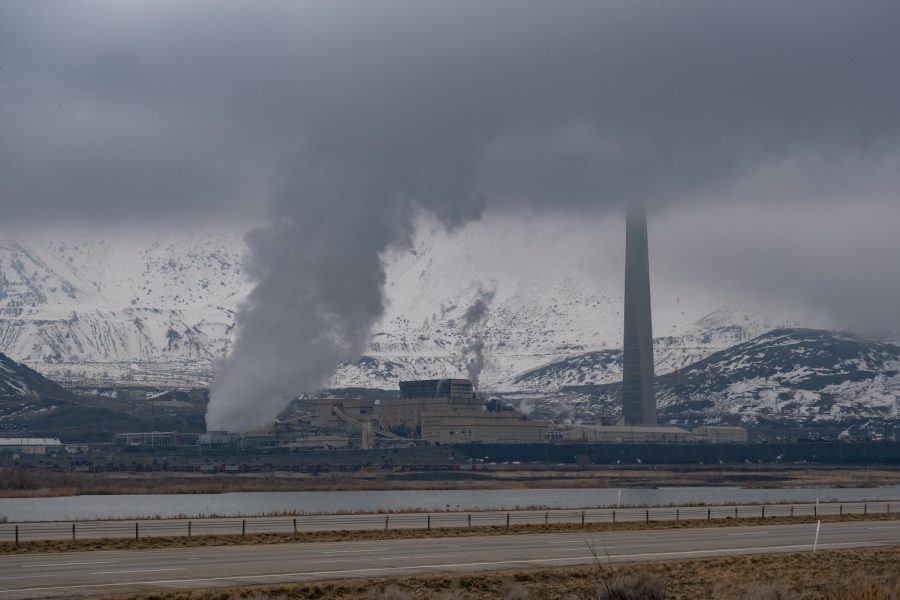
HEAL Utah
Healthy Environmental Alliance of Utah, or HEAL, is a non-profit organization that works on a grassroots model to address environmental issues like clean air, clean energy and climate and radioactive waste.
Meisei Gonzalez, communications director for HEAL Utah, said they are working on advocacy efforts, campaigns against the UDOT’s possible I-15 expansion and an air quality monitoring effort in conjunction with the Environmental Protection Agency.
Gonzalez said they are advocating for free and expanded public transportation to cut down on vehicle emissions.
“We believe that the best way to reduce air pollution from the vehicle sector is to get less cars on the road,” he said. “Expanding public transit and making it easier for individuals to access, that will hopefully, in turn, reduce the amount of vehicle emissions we have in our air.”
HEAL Utah is also joining the fight against the I-15 highway expansion, which if approved, would displace West Side residents.
“There’s a lot of data showing that when you expand a highway when you make more lanes, you’re not going to solve traffic,” Gonzalez said. “All you’re doing is creating more traffic and more air pollution issues.”
Gonzalez said they have been working with the Utah Transit Authority, the U and Salt Lake County to implement air quality bus programs across the valley. According to UTA, the monitors provide real time data of emissions put into the air and the connection to health, the economy and social impacts.
Gonzalez said they are expanding the program to include placing monitors on electric buses.
“These ones that we’re putting on buses and TRAX are a better tool for us to understand what’s happening on a more local, even neighborhood level,” he said.
Gonzalez added they are working with West Side residents to continue to address the issues of poor air quality.
“We’re going to continue … doing focus groups and to get workshops on the West Side where we can talk about these air pollution issues and some concerns and be able to put those solutions forward,” he said.
Gonzalez said it is necessary to start working on various action items to ensure “West Side communities are supported.”
v.hudson@dailyutahchronicle.com
This article was updated on April 16, 2023, to clarify that in early 20th century Utah it was mostly working class people of color that moved to the West Side with the factory and manufacturing jobs, not that most of the working class in Utah consisted of people of color at the time.


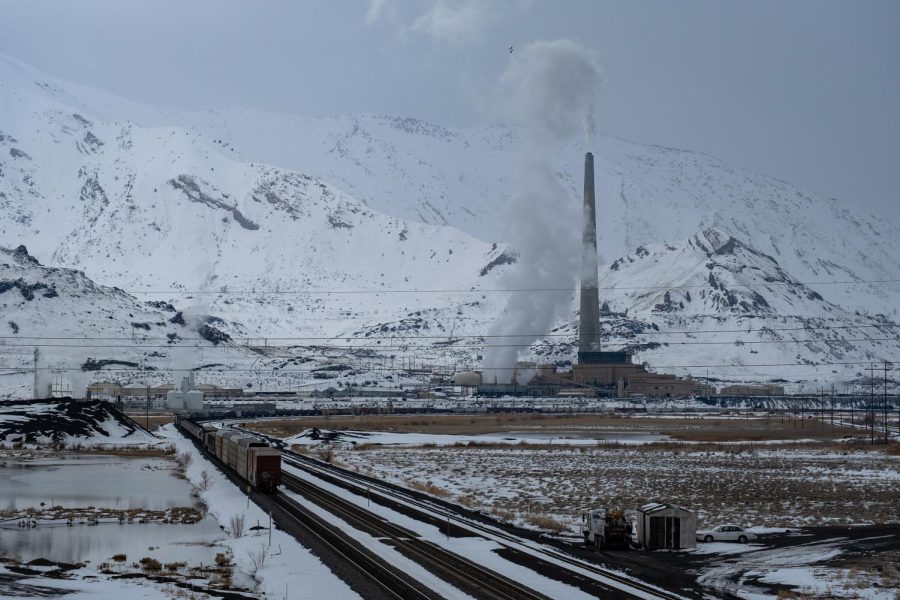


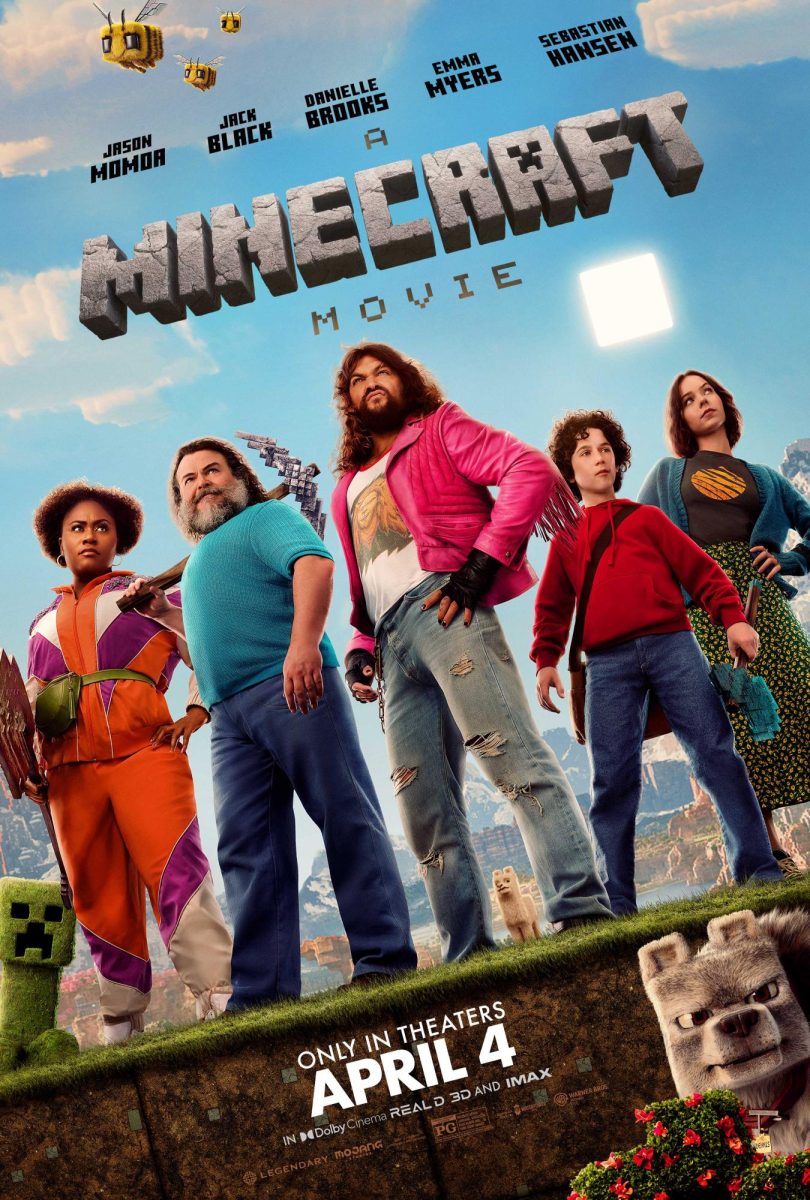
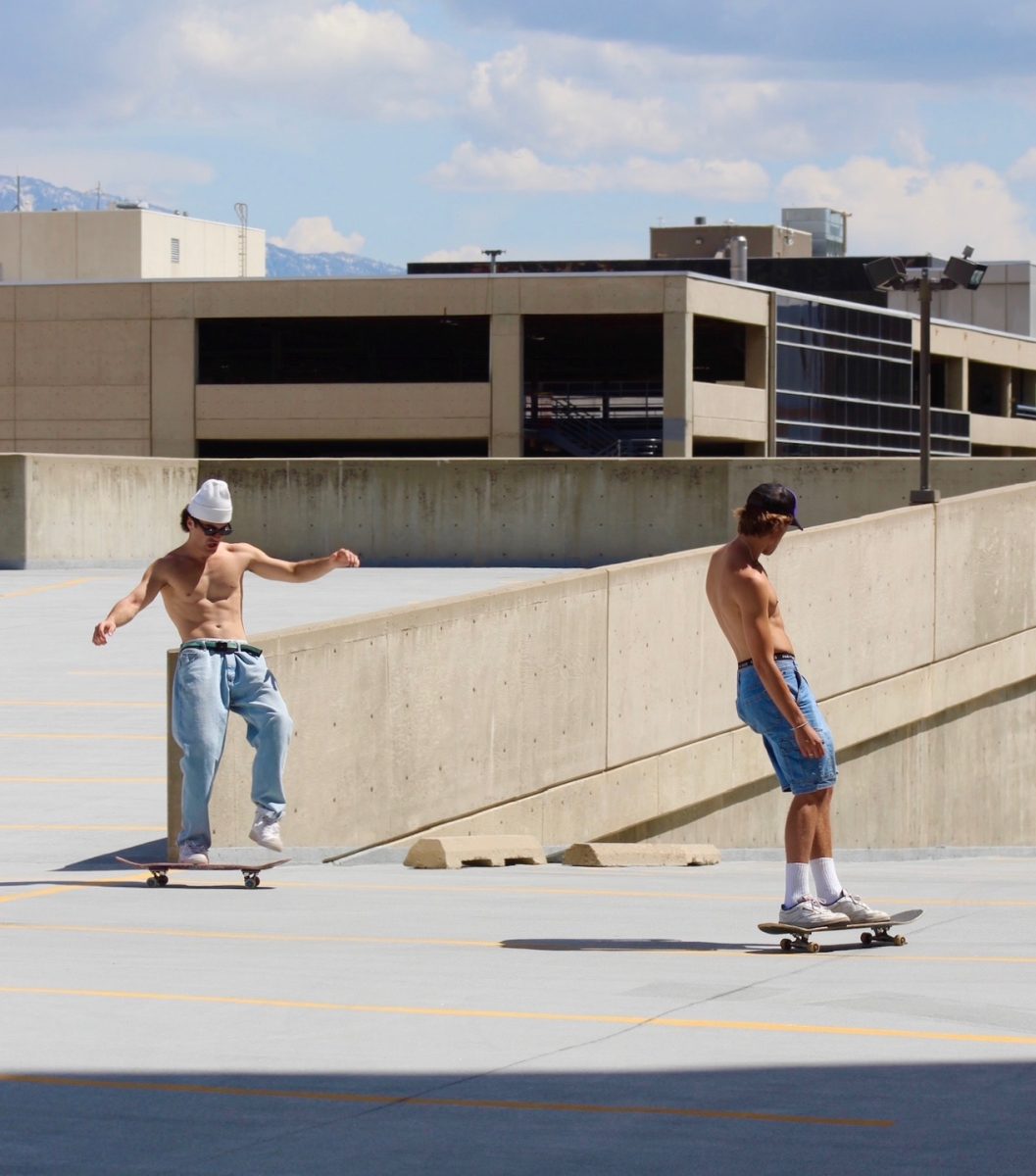
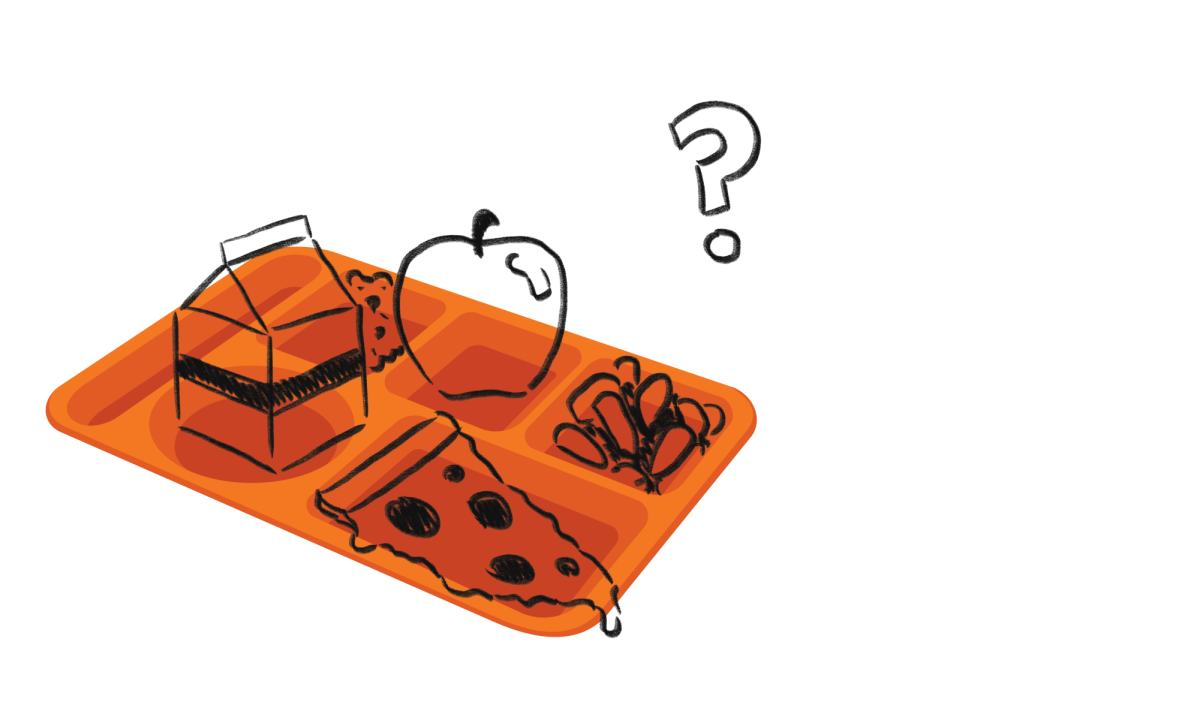
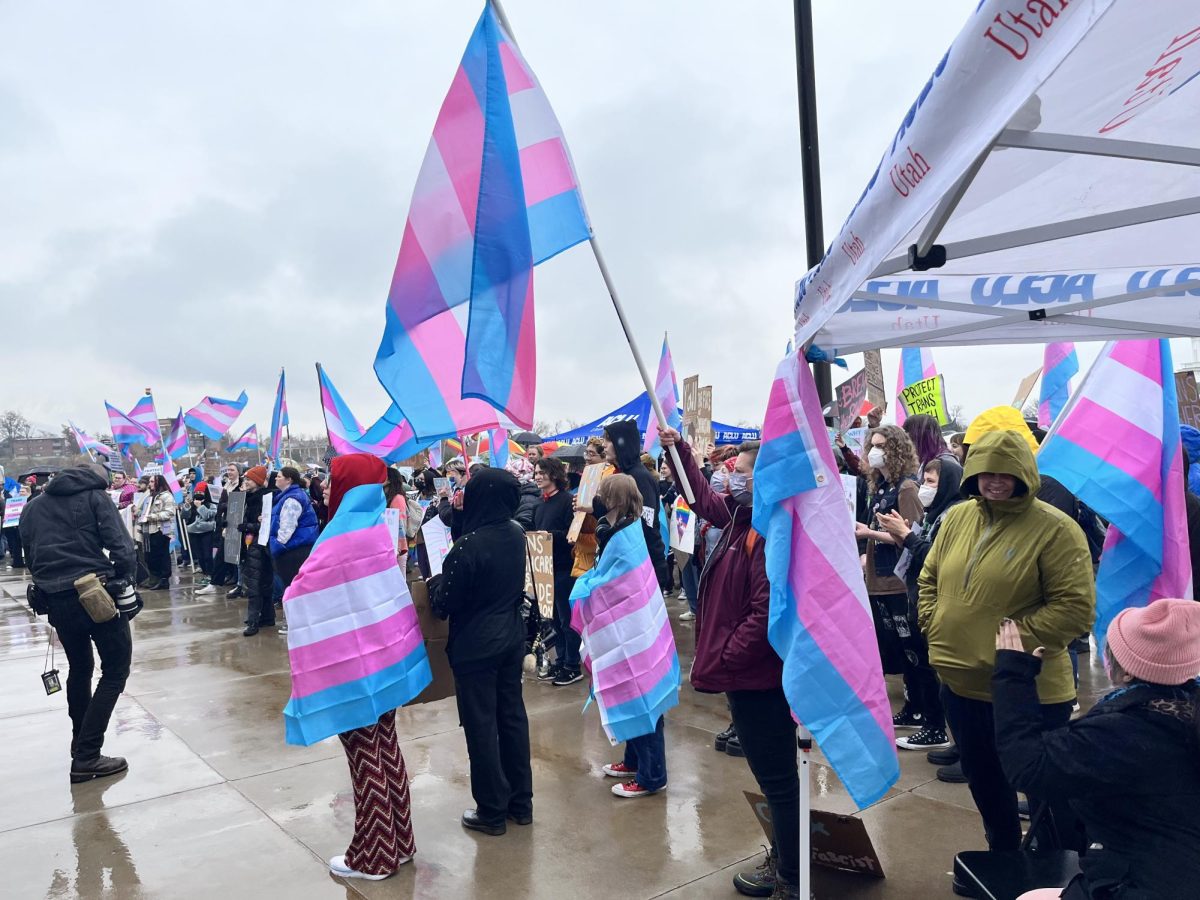





Izzy • Apr 13, 2023 at 2:24 pm
Hello! This article is talking about a very important topic that needs to be brought to light and discussed, so thank you for doing it. I would like to offer a couple corrections:
(1) The statement: “In the early 20th century, the working class population — mostly people of color — moved to the side of the city with factory and manufacturing jobs.” isn’t entirely accurate. If you look at the redlined districts in SLC (University of Richmond makes this very easy on their “Mapping Inequality” Website) You’ll notice that the 1940 Utah’s population was 90.3% native-born white (language used at the time) and 8.9% foreign-born white – meaning it was 99.2% white state. The people in Utah most impacted by redlining were the “working class”, who were not “mostly people of color” like your article states. This was still a form of segregation, however at the time it was class, not racial segregation. This now impacts many people of color today, but to say they were the most impacted at the time is incorrect.
(2) The statement “Salt Lake Valley’s history of redlining is the reason why a lot of the pollution is concentrated on the West Side.” is also inaccurate. Early heavy industry was first located where the soil was the poorest, and therefore least productive for farming. In the Salt Lake Valley, these were the areas most impacted by salt and hard minerals from the Great Salt Lake (which is at the bottom of the valley basin, which is on the west side and which is also why it is the first to experience poor air quality). You can learn more about the poor soil in West Valley, for example, on the interpretive signage at the Decker Lake Trax Station.
Again, this is a very important story to cover, and thank you for doing it, I just get concerned when it feels like commonly discussed national talking points are being given more weight than place specific historical accuracy.
Gary Bowler • Apr 12, 2023 at 8:19 am
Please go after MagCorp on the west side of SLC it is the largest air polluter in the Nation.